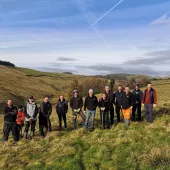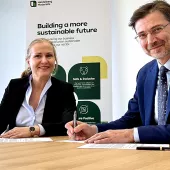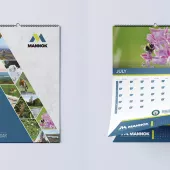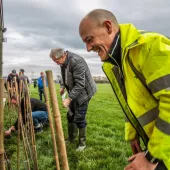Naylor Hill Quarry: A story of restoration and rich biodiversity
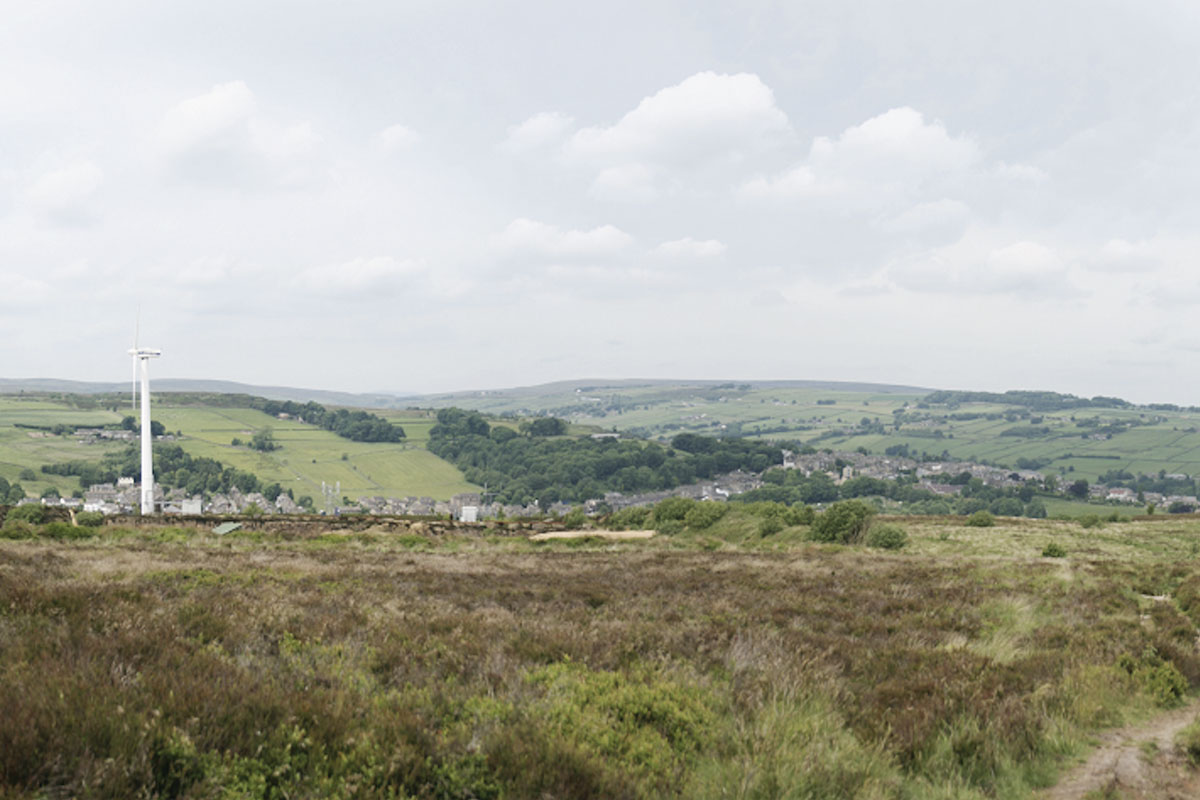
First published in the May 2021 issue of Quarry Management
It is no secret that restoration plays a key part in modern-day quarry operations, and that the minerals industry is responsible for delivering a biodiversity net gain, which regenerates and enhances the land and wildlife habitats at worked-out quarries. Here, Mark Smedley, senior minerals, waste and environmental consultant at The Mineral Planning Group Ltd (MPG), shares the story behind a project the firm recently worked on – the expansion and restoration of Yorkshire-based Naylor Hill Quarry
Located near the village of Haworth, in West Yorkshire, Naylor Hill Quarry is operated by Dennis Gillson and Son Ltd – a family-run firm that has been in operation for more than 70 years. The 6.1ha site is known for the extraction of Midgley Grit Sandstone and production of high-quality dimension stone products.
Wishing to ensure the longevity of the site’s supply of stone products to the building industry, MPG submitted a planning application on behalf of the operator – for an additional 500,000 tonnes of dimension stone – to extend the site both laterally and by deepening the existing quarry. The success of the application would subsequently release a locally important building stone that is a vital construction component for the repair and maintenance of housing and heritage assets, and known for its overall local distinctiveness – relating to both existing and new-build houses, and other buildings.
However, whilst the initial planning application was granted, a condition was attached to the permission requiring a detailed restoration scheme, which was submitted in 2019.
Establishing a well-thought-out restoration scheme
Quarries, by their nature, are temporary developments, which means restoration plays an integral role in their lifecycle – ensuring a site has a beneficial after-use once extraction has taken place. And for operators that truly care about the environment and the preservation of the Earth’s biodiversity, it is not simply viewed as a tick-box exercise, it is a recognized – and respected – stage of the lifecycle of a quarry site.
For Naylor Hill, the restoration scheme had two clear aims; to create a mosaic of habitats to generate significant net gains in biodiversity, and to assimilate the site into its surroundings through a number of carefully planned out and intentionally positioned restoration features. The phased approach – determined by the quarry’s working plan – allows some elements of restoration to begin concurrently with extraction, with the full project to be completed by 2042.
The goal was to restore the site to an upland heath environment through a mosaic of features, including heather moorland, retained quarry faces, bare ground, wetlands, and tree-planting areas. This was not only to create a diverse range of habitats to attract a wide spectrum of wildlife, but to promote – and support – the natural regeneration process in the long term, too.
The different habitats created during the restorative stages of a quarry are important for the varying species the site wishes to attract. In the case of Naylor Hill, the retained faces, for example, may prove essential for birds such as peregrine falcons, whereas the proposed sand banks would be beneficial for nesting sand martins, whilst the wetlands and bare ground zones should encourage amphibian and invertebrate lifeforms. However, restricted tree planting was also a careful consideration here, as if left unmonitored, the trees could colonize and may jeopardize the other habitats, preventing them from thriving.
Considering the visual impact and site aftercare
In addition to the ecological advantages, the Naylor Hill restoration scheme was aesthetically planned out – using topographical data of the site and computer-generated aerial-view imagery, to help provide an idea of how the quarry would look post-restoration.
Visual assimilation into the site’s surroundings – in this case, heather moorland – was crucial, so that the site did not create an incongruous landscape feature and would remain sympathetic to the local environment.
In order to achieve a harmonious integration with the neighbouring landscape, this involved breaking up the otherwise continuous quarry faces with ‘rollover’ features, the planting of trees on retained benches, and emplacement of scree slopes. There was also a combined approach to the regeneration of vegetation, promoting it in some areas – via selective hydroseeding – while allowing nature to take its course in others.
However, the land-regeneration plans were just one element of the restoration process – an aftercare scheme was also required by condition to ensure that all the measures outlined would be successful in delivering the desired outcome. Primarily, this included the watering of the newly seeded areas and weeding of inappropriate species – installing, maintaining and, ultimately, removing the tree stakes and spiral guards, alongside clearing and replacing any dead or damaged trees.
In addition, the land will be closely monitored moving forward, to ensure the wetland areas are retaining water. If this is not the case, further compaction of clay liners may be required to further improve their effectiveness and reduce their overall permeability.
It is worth highlighting that the techniques defined within any restoration scheme proposal may need to be updated or re-evaluated, in line with the evolution and advancement of research and best-practice guidelines. For instance, in the case of the Naylor Hill heathland restoration, it may be appropriate to use heather brashings as opposed to hydroseeding in some or all areas of the site.
From a future-proofing perspective, for Naylor Hill, if any elements of the phased restoration scheme fail, reattempts would be made. However, if the efforts continue to be unsuccessful, natural regeneration would be allowed to take place – acknowledging that, in the longer term, this methodology can be as or more effective.
A logistical overview of regeneration schemes for site operators
Restoring a site post-excavation is one of the core responsibilities of quarry owners, though it should not be seen as something overly complicated or resource intensive to achieve.
In fact, the scheme itself – when suitably designed by a reliable consultancy – does not have to be expensive or manually demanding. As can be seen with the Naylor Hill site, the likely result is an incredible, richly biodiverse habitat which promotes ecological sustainability and a positive landscape feature.
The rationale behind the expenditure being relatively small is that it usually involves equipment and material – such as mineral waste and filter cake – and even the final topographic features that already exists at the quarry, and this alone allows for a good degree of natural regeneration. Of course, the restoration materials may need moving around and relocating, but this can be done using on-site machinery.
The main point to note is that there is no one-size-fits-all approach to quarry restoration – each site has many factors which need to be taken into consideration, including the geology, landscape, ecological opportunities, proposed after-use and final landform.
However, given the restoration process’s phased nature, operators can be restoring one area while excavating minerals in another – meaning the process is integrated into their daily operations. As a result, this helps to create a future-proofed extraction model, which not only takes the conservation of the natural landscape into account, but also helps to promote, and achieve, the incredibly important net gain in biodiversity.
- Subscribe to Quarry Management, the monthly journal for the mineral products industry, to read articles before they appear on Agg-Net.com


